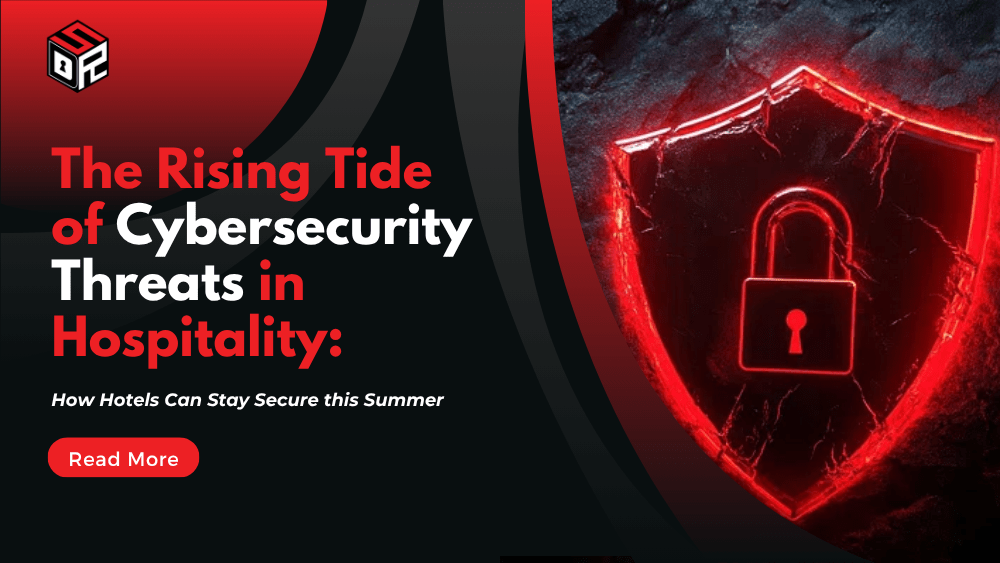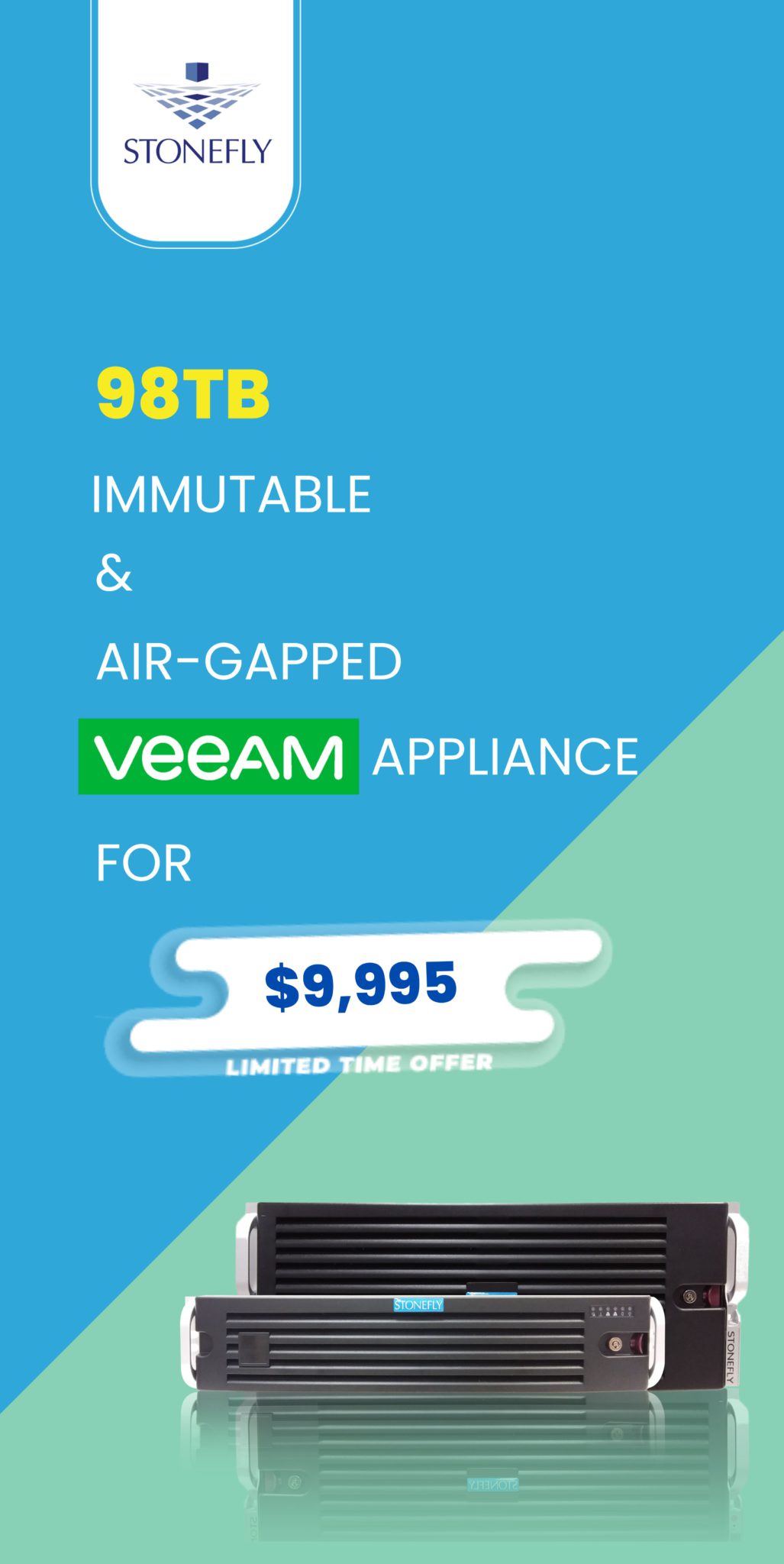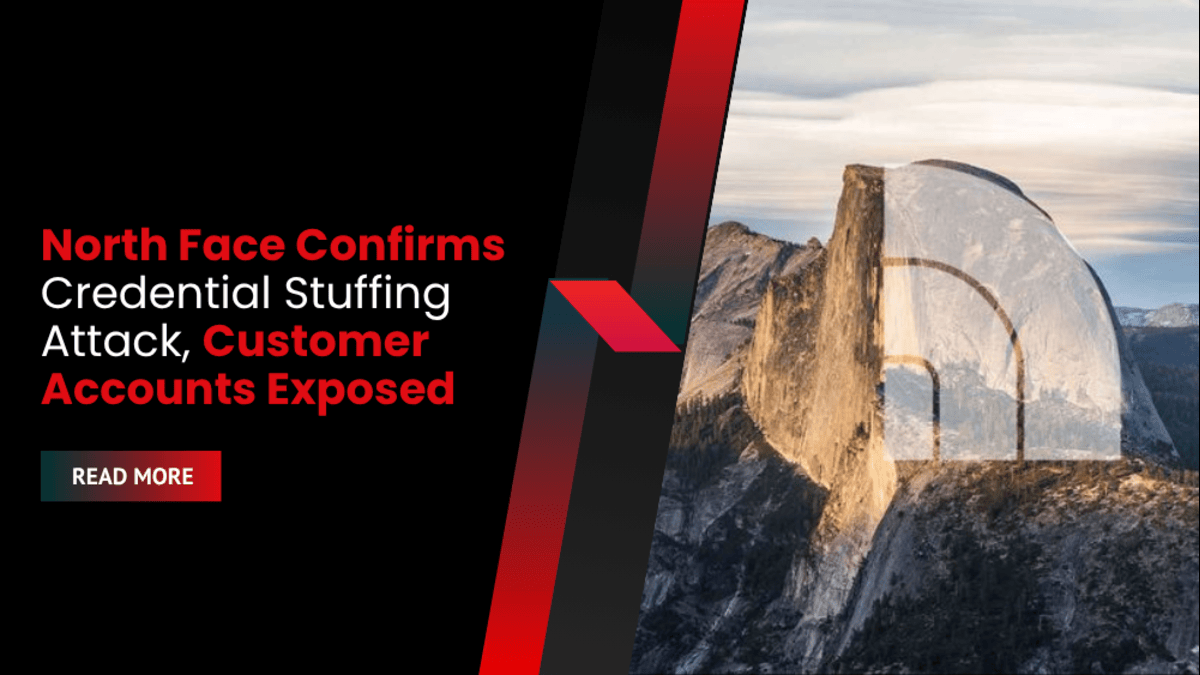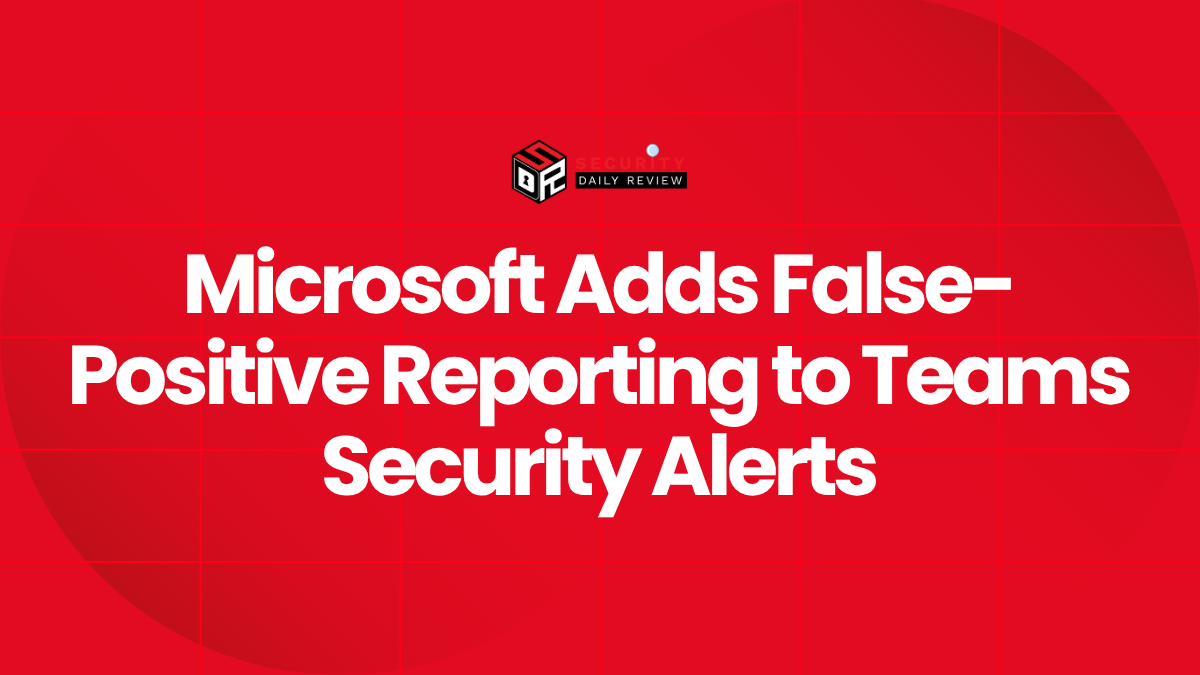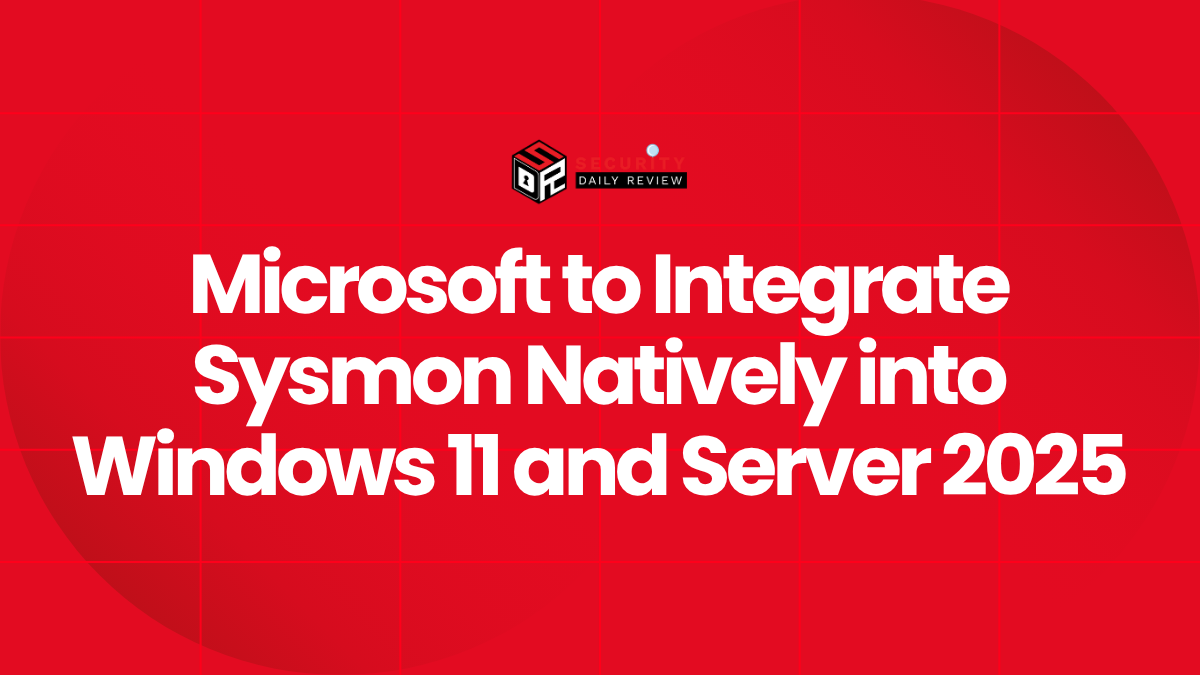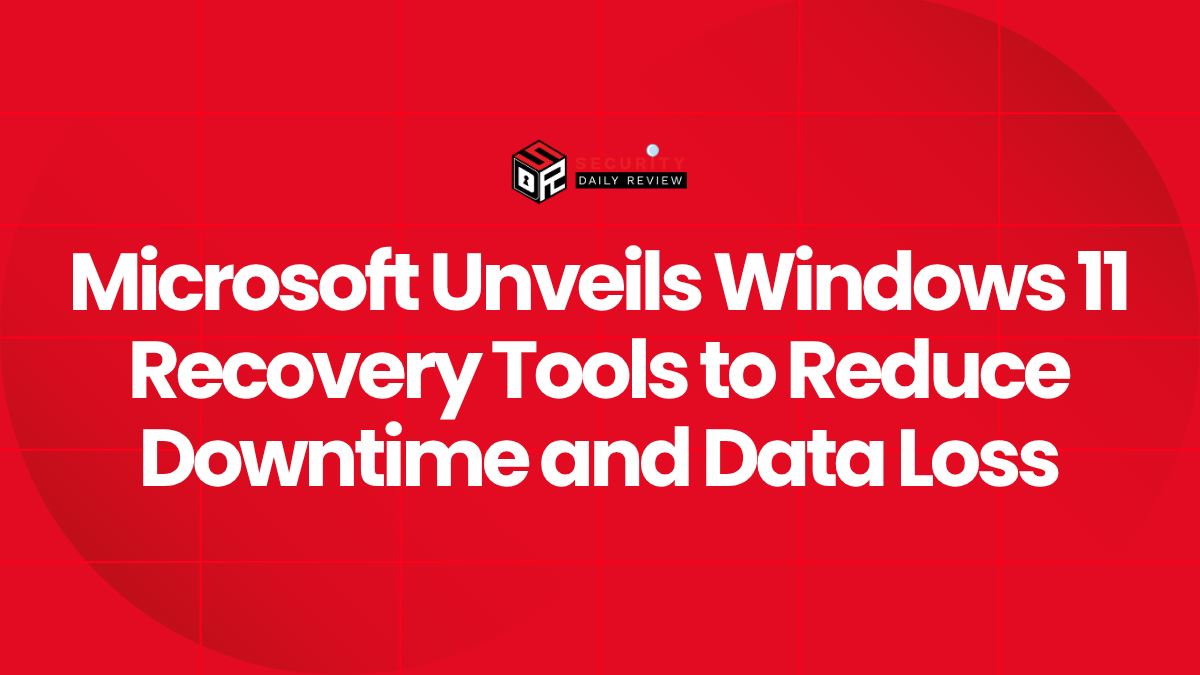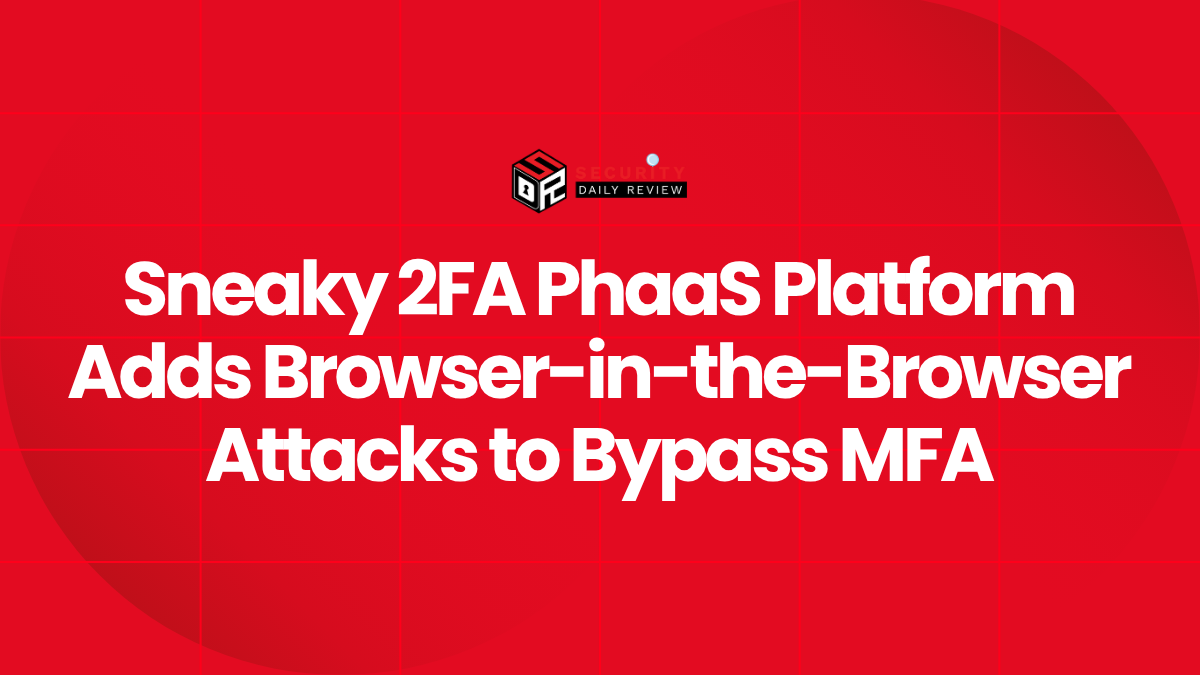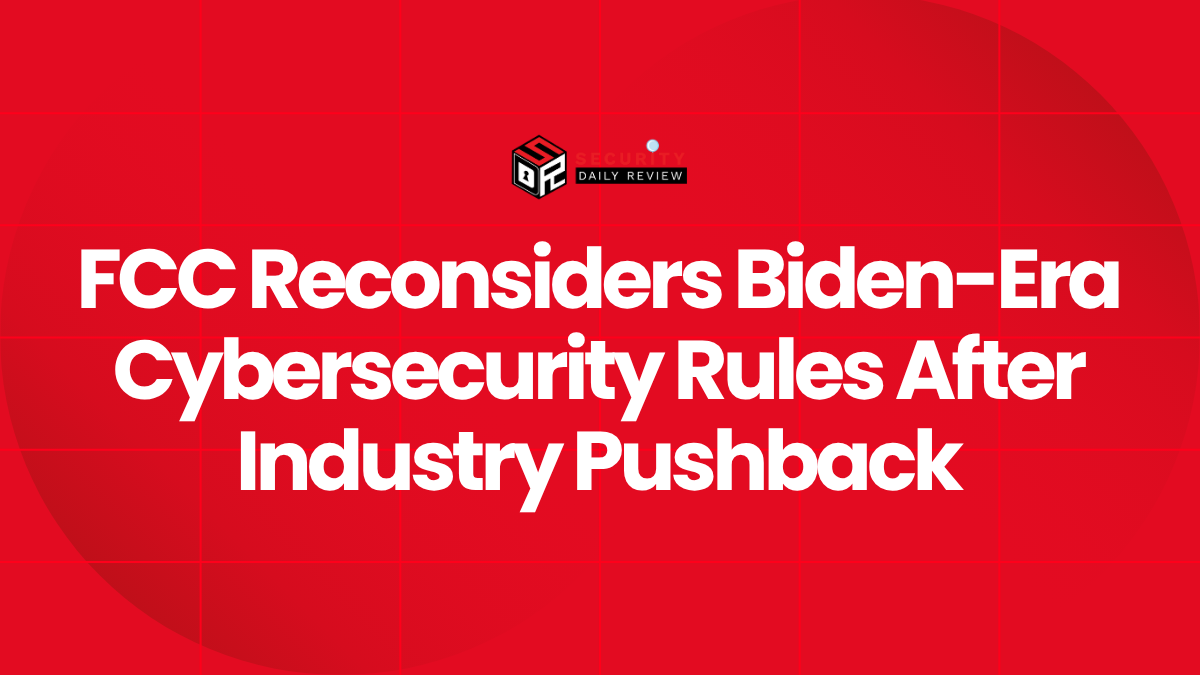The hospitality industry has become one of the most attractive targets for cybercriminals, with attackers increasingly exploiting hotel networks, guest data, and unprepared staff—especially during the busy summer season. From large chains to boutique lodgings, no hotel is immune to the rising wave of cyberattacks exploiting the industry’s unique vulnerabilities.
Why the Hospitality Sector is a Prime Target
Unlike many industries, hospitality businesses maintain large volumes of sensitive guest data—including credit card information, passport scans, and personal preferences—spread across fragmented IT infrastructures. These environments often prioritize guest experience over cybersecurity maturity, making them low-hanging fruit for cybercriminals.
What makes matters worse is the seasonal nature of the industry. Summer cyber threats in hospitality spike as hotels ramp up hiring of temporary staff, many of whom are not adequately trained in cybersecurity best practices. This provides attackers with ample opportunity to exploit human error through phishing, social engineering, and weak access controls.
The Evolution of Hotel Cyber Attacks
Cyberattacks on hotels have evolved in both scale and sophistication. No longer limited to petty theft or isolated incidents, attackers now orchestrate highly targeted campaigns that leverage insider knowledge, third-party vulnerabilities, and ransomware-as-a-service (RaaS) platforms.
Some common cyber threats in the hospitality industry include:
- Ransomware infections that encrypt guest reservation systems and demand payment in cryptocurrency.
- Phishing attacks on hotel staff disguised as internal communications or IT service messages.
- Credential stuffing and brute-force attacks against poorly protected hotel Wi-Fi portals or back-end systems.
- Data breaches involving third-party vendors, such as POS providers or marketing platforms.
In recent years, we’ve seen major hospitality giants—Marriott, IHG, and MGM Resorts—fall victim to high-profile breaches. But increasingly, smaller and mid-size operations are being targeted too, especially as attackers shift to more distributed strategies to avoid detection.
Summer: The Perfect Storm for Hospitality Cyber Risks
Summer cyber threats in hospitality are particularly dangerous for several reasons:
- Higher occupancy rates mean more guest data is collected and stored—sometimes in haste and without encryption.
- Increased staffing includes seasonal workers who often lack training in IT security protocols.
- Peak reliance on digital systems, from mobile check-ins to smart room controls, increases the attack surface exponentially.
- Guests traveling from abroad may connect to insecure hotel Wi-Fi or transfer sensitive information using untrusted devices.
This seasonal surge creates a “perfect storm” where demand, complexity, and security gaps collide—making hotels prime candidates for both opportunistic and targeted attacks.
Real-World Hotel Cyber Attacks: Breaches That Shook the Industry
To fully grasp the severity of hotel cyber attacks, let’s examine some prominent incidents that have highlighted systemic security gaps across the hospitality sector:
1. Marriott International Data Breach (2018–2020)
This remains one of the largest hospitality breaches in history. Attackers accessed the Starwood guest reservation system, compromising 500 million guest records, including names, addresses, credit card details, and even passport numbers.
The breach was traced back to unauthorized access dating as far back as 2014, spotlighting the danger of undetected long-term access.
2. MGM Resorts Data Leak (2020)
Details of 10.6 million guests, including high-profile figures, were found on a hacking forum. The breach exposed names, phone numbers, email addresses, and even travel details. The leak was reportedly due to unauthorized access to a cloud server, demonstrating the risks associated with poor cloud security posture.
3. IHG Hotels Ransomware Attack (2022)
The InterContinental Hotels Group suffered a cyberattack that led to a widespread shutdown of booking systems and apps. Attackers allegedly used a simple phishing email to gain access, ultimately encrypting critical systems with ransomware. The disruption severely impacted guest experience and brand trust.
These cases underscore how even large, well-resourced hotel brands can fall victim to basic attack vectors, especially when cybersecurity hygiene is poor or systems are fragmented.
Key Cybersecurity Vulnerabilities in Hotel IT Environments
Hotels face a unique combination of legacy systems, high employee turnover, and disparate vendors, which makes securing the environment more complex than other industries. Common vulnerabilities include:
- Insecure point-of-sale (POS) systems vulnerable to skimming and malware.
- Shared or reused login credentials among front-desk and housekeeping staff.
- Lack of network segmentation, allowing lateral movement once attackers gain entry.
- Open or unsecured Wi-Fi networks used by guests and staff alike.
- Outdated firmware on IoT devices, such as smart TVs, door locks, and thermostats.
- Third-party vendor access not properly monitored or limited.
Each of these weaknesses offers attackers a potential foothold into larger systems, particularly if they can escalate privileges or move laterally across the network.
How Ransomware Threatens the Hospitality Sector
Ransomware in hospitality has proven especially damaging due to the industry’s reliance on real-time operations. A successful ransomware attack can cripple:
- Booking and reservation systems
- Digital payment gateways
- Guest check-in/check-out processes
- Internal communications and HR tools
In most cases, downtime leads to direct revenue loss, guest dissatisfaction, and long-term reputational damage.
Modern ransomware actors frequently exploit Remote Desktop Protocol (RDP), phishing emails, and third-party compromise. Notably, many ransomware operations now function as Ransomware-as-a-Service (RaaS), making it easier for low-skilled attackers to launch devastating campaigns.
High-Profile Hotel Cyber Attacks Cas Studies: What the Industry Has Learned
The hospitality sector has been repeatedly reminded of its cyber vulnerabilities through real-world attacks that disrupted services, compromised data, and damaged brand reputations. By examining recent high-profile incidents, we can draw valuable lessons on threat evolution and the urgent need for modern, adaptable defenses.
The Marriott International Breaches: A Multi-Year Wake-Up Call
Few incidents better illustrate the long-term consequences of inadequate cybersecurity than the Marriott data breaches. The first breach, revealed in 2018, exposed personal information of over 500 million guests—including passport numbers, payment details, and reservation histories. This breach began with unauthorized access to the systems of Starwood Hotels, which Marriott had acquired, and persisted undetected for four years.
Despite public scrutiny and mitigation efforts, Marriott was hit again in 2020 when hackers accessed login credentials of two employees, leading to another 5.2 million guests’ information being compromised.
Key takeaways from the Marriott breaches:
- Legacy system integration is a major risk when companies merge—especially in hospitality, where acquisitions are common.
- Employee credentials remain a weak link, reinforcing the need for access control and continuous monitoring.
- Lack of early threat detection mechanisms allowed attackers to maintain persistence over years without being noticed.
These events became cautionary tales across the industry, triggering widespread investment in cybersecurity—but also revealing how slow-moving many hotel chains were in adapting to modern threats.
MGM Resorts Ransomware Attack: Ransomware-as-a-Service (RaaS) in Action
In September 2023, MGM Resorts experienced one of the most disruptive hotel cyber attacks in recent history. The attackers, reportedly associated with the Scattered Spider group and ALPHV/BlackCat RaaS, gained access through a social engineering attack on an IT help desk. The hackers tricked staff into granting access, bypassing multi-factor authentication and deploying ransomware.
The consequences:
- Hotel room key systems and digital check-ins were rendered inoperable.
- Slot machines and casino operations were suspended.
- Reservation systems and loyalty programs were disrupted.
Most concerning was the method: social engineering targeting help desks—a trend increasingly common in hospitality cybersecurity incidents. This attack demonstrated that even high-profile brands with mature security programs remain vulnerable to human manipulation and credential-based breaches.
“The hospitality industry is uniquely vulnerable because it provides round-the-clock services to transient guests. This 24/7 operation model leaves more room for security fatigue and procedural lapses.” – Cyber Threat Intelligence Report, 2024
Defending Against Summer Cyber Threats in Hospitality
The summer season brings not just peak occupancy—but also a spike in cybersecurity risks. Hotels, resorts, and guest platforms face heightened threats during this period, largely because of increased digital interactions, expanded temporary staff, and distracted IT teams focused on guest satisfaction.
Why Summer Is Prime Time for Hackers
- High booking volume means more user credentials and payment data moving through systems.
- Seasonal staff are often undertrained in cybersecurity protocols, making social engineering easier.
- Mobile apps and IoT usage surge as guests use digital keys, smart thermostats, and in-room entertainment systems.
For cybercriminals, this seasonal chaos presents a perfect opportunity to strike.
Common Summer Cyber Threats in Hospitality
While the types of cyber threats are consistent year-round, their success rate increases during high-demand seasons. Key threats include:
- Credential phishing through fake booking confirmations or fraudulent customer service portals.
- Wi-Fi-based attacks, where hackers set up rogue access points to intercept guest traffic.
- POS malware and skimmers installed during periods of high footfall to steal credit card data.
- Ransomware targeting reservations systems, with attackers timing attacks to peak seasons to maximize impact and pressure on victims.
To mitigate these, hotels must combine proactive monitoring with employee training and secure infrastructure—without compromising guest experience.
Rebalancing Priorities: Usability vs. Security in Guest-Facing Technologies
Hospitality businesses constantly walk a fine line between convenience and cybersecurity. Guests expect seamless digital experiences—from mobile check-ins and smart room controls to personalized service through apps and platforms. But each of these touchpoints introduces potential vulnerabilities.
Mobile Check-In & Digital Keys
Digital room keys accessed via smartphone apps have become a mainstay in modern hotels. But they also expand the attack surface:
- If an attacker gains access to a guest’s app credentials, they can unlock rooms or impersonate guests.
- Interception of Bluetooth or NFC signals, while difficult, remains a theoretical risk.
Mitigation strategies include:
- Using end-to-end encryption for all mobile transactions.
- Enforcing app-level biometric authentication.
- Implementing real-time anomaly detection for keyless access patterns.
Loyalty Programs: A Goldmine for Hackers
Loyalty programs store vast amounts of personally identifiable information (PII), booking history, and even payment credentials. These systems are often integrated with third-party vendors and older backend infrastructure—making them prime targets.
In many recent hotel cyber attacks, stolen loyalty data was either sold on dark web markets or used in credential stuffing campaigns across other platforms.
Preventive measures:
- Limit third-party access through zero-trust frameworks.
- Monitor program accounts for unusual redemption behaviors.
- Use AI-powered fraud detection tools to track synthetic identities or bot abuse.
Empowering Staff: Cybersecurity Awareness in the Hospitality Sector
In the hospitality industry, employees are the first and last line of defense against cyber threats. From front desk clerks to housekeeping staff, any employee with system access can be manipulated or exploited if not adequately trained.
Training the Front Line Against Social Engineering
Most hotel cyber attacks begin with social engineering—calls to service desks, phishing emails to managers, or impersonation of IT staff. These attacks are highly effective because:
- Hospitality staff are trained to prioritize guest satisfaction, not question urgent requests.
- Many hotels rely on outsourced or seasonal workers unfamiliar with company protocols.
- Cybersecurity is rarely included in onboarding or daily workflows.
To counter this, hospitality organizations must invest in role-specific cybersecurity training, ensuring each employee understands:
- How to identify suspicious guest behavior or technical requests
- The importance of verifying identities before granting access
- How to report incidents without fear of penalization
Security awareness isn’t a one-off session. It requires ongoing refreshers, real-world simulations, and cultural change. Hotels that embed cybersecurity into daily operations will fare better against both opportunistic and targeted attacks.
Identity Verification Protocols: A New Front Desk Priority
Hotel staff are frequently targeted through impersonation tactics—callers pretending to be executives, guests claiming locked-out accounts, or fake IT support. Without solid identity verification procedures, it’s easy for attackers to gain system access.
Key improvements include:
- Multi-layer verification scripts for all guest and internal service calls
- Secure help desk software that flags anomalies and tracks caller history
- Dynamic caller ID verification for remote password resets or account changes
The more standardized and auditable these processes become, the harder it is for attackers to succeed with manipulation tactics.
Open-Source Cybersecurity for Hospitality: Budget-Friendly Protection
While large hotel chains may afford enterprise-grade security platforms, many small and mid-sized operators struggle with budget constraints. Open-source tools offer cost-effective alternatives without compromising protection.
Notable tools for hospitality cybersecurity:
- Wazuh: SIEM and endpoint monitoring tailored to multi-location environments
- Suricata: Intrusion detection that helps monitor guest Wi-Fi networks
- TheHive Project: Incident response and case management, useful for understaffed IT teams
- ModSecurity: Open-source web application firewall to protect booking platforms
Paired with proper configuration, these tools can significantly raise the security baseline across hotels of all sizes—especially when supported by local MSPs or part-time IT professionals.
Forecasting Hotel Cyber Attacks: What’s Next?
As threat actors evolve, the hospitality sector must anticipate what’s coming next. Based on emerging trends, the following are predicted to dominate future hotel cyber threats:
- AI-Powered Social Engineering: Attackers will use generative AI to clone executive voices or craft hyper-targeted phishing messages.
- Deepfake Booking Scams: Fake video or avatar-based impersonations of guests or employees during remote interactions.
- IoT Exploits in Smart Rooms: From compromised smart TVs to connected thermostats, vulnerabilities in room technology will become new entry points.
- Cryptocurrency-Based Ransom Demands: With new regulations coming into effect, attackers may shift ransom payments into privacy-focused tokens to evade traceability.
Staying ahead of these requires a cyber threat intelligence capability, even if outsourced, that provides real-time awareness of attack patterns specific to hospitality operations.
Conclusion
Cybersecurity in the hospitality industry is no longer optional—it’s an operational necessity. With increasing digital touchpoints, guest data, and reliance on smart technologies, hotels have become prime targets for ransomware gangs, credential thieves, and social engineers.
Key defense pillars include:
- Proactive employee training and cultural change
- Guest data protection through encryption and secure platforms
- Identity verification and help desk hardening
- Investment in affordable security tools, even for smaller chains
Whether it’s summer cyber threats targeting crowded resorts or year-round hotel cyber attacks on reservation systems, the stakes are higher than ever. Only those who build cyber resilience into their core operations will earn guest trust and maintain business continuity in this increasingly hostile threat landscape.
FAQs: Cybersecurity in the Hospitality Industry
What are the biggest cyber threats facing the hospitality industry today?
The most common threats include ransomware, credential theft, POS malware, phishing attacks, and breaches targeting loyalty programs or mobile apps.
Why is the hospitality industry vulnerable to cyber attacks?
The industry’s high volume of guest data, seasonal staffing, and digital services make it an attractive and easy target for cybercriminals.
How can hotels prevent summer cyber threats?
Hotels should enhance staff training, secure guest Wi-Fi, monitor IoT devices, and adopt seasonal surge protocols to counter increased cyber risks during peak periods.
Are small hotels at risk of cyberattacks?
Absolutely. Small hotels may lack cybersecurity resources, making them more vulnerable. Open-source tools and managed service providers can help bridge this gap.
What should a hotel do after a cyberattack?
Immediately contain the breach, notify affected guests, engage cybersecurity experts, and report the incident to authorities while reviewing all access and system logs.

